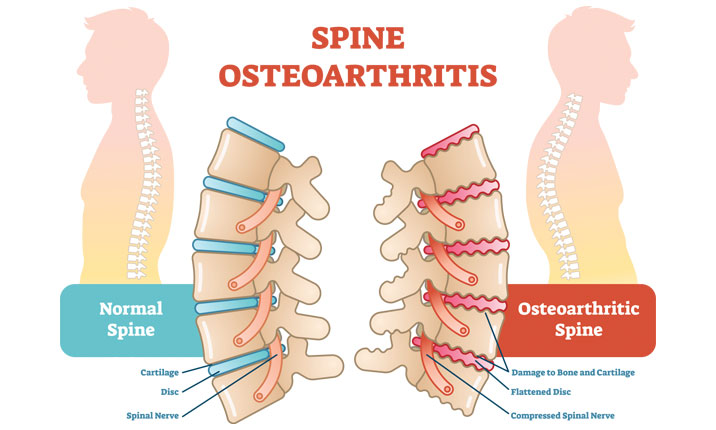Spinal discography – how it is performed, indications and contraindications
Discography of the spine is a diagnostic procedure of the latest generation, which is necessary for the full examination of patients with pathologies of the spinal column. Such problems cause severe pain, and patients suffer from these sensations for a long time. Unfortunately, not all modern diagnostic methods allow you to accurately identify the cause of discomfort in the spine area. And in this case, the considered procedure turns out to be the most informative.
Indications for spinal discography
Most often the procedure is prescribed when a patient complains of constant pain in the back of unexplained etiology. It doesn’t stop even at complete rest, and patients have to live with it for many years. Under what diseases discography of the spine is prescribed:
- Hernias of the intervertebral space;
- Abnormalities in the structure of the discs;
- Compression fractures of the spine (even with the mere suspicion of such an injury);
- infectious diseases of the spinal column;
- Intervertebral space protrusion.
It is not uncommon for the procedure in question to be prescribed even if there is a clear diagnosis. For example, if all signs of intervertebral hernia are present. Before the surgeon starts working in the operating field, he needs to know all the details of the problem and outline a plan of action. Discography of intervertebral discs before surgery is an excellent option to avoid unpleasant consequences and complications in the recovery period.
How the procedure is conducted
The preparatory stage involves the intravenous injection of anesthetics – this will ensure a painless procedure for the patient. Then the patient is placed on the operating table on the stomach and local anesthesia is administered – analgesics are injected directly into the place where the procedure is supposed to take place.
How spinal discography is performed:
- after anesthesia, the patient is punctured so that the needle enters the desired intervertebral space (disc);
- as soon as the goal is reached, a contrast agent is injected;
- Then the patient undergoes a tomography of the desired area of the spinal column.
The procedure takes an hour and a half. After it, the patient should be at rest and drink a lot of water during the first 2 days – this will quickly remove the contrasting substance.
The results are described by the radiologist, and then the surgeon or orthopedist draws conclusions about the advisability of surgical intervention. In many cases patients manage to avoid surgery – discography allows you to determine the degree of pathological damage to the spine and make therapeutic appointments.
Who should not undergo the procedure
Diagnosis using the method under consideration is considered a rather serious and in some ways dangerous procedure. Therefore, doctors need to take into account the contraindications to spinal discography:
- elevated intracranial pressure;
- Allergy to the contrasting substance;
- intolerance to preparations for local anaesthesia;
- hyperthermia (increase in body temperature), regardless of the cause of its occurrence;
- pustular rash in the area of the proposed puncture.
Separately, it is worth mentioning the consequences that may await the patient after spinal discography:
- severe headaches;
- bleeding in the puncture site;
- numbness in the puncture site and lower extremities (temporary);
- nerve endings damage;
- infection of the intervertebral space.
Before this procedure it is necessary to consult a medical center https://touchofhealthmedical.com, and only after that make a decision.



Be the first to comment on "Spinal discography – when it is necessary, how it is carried out, possible consequences"